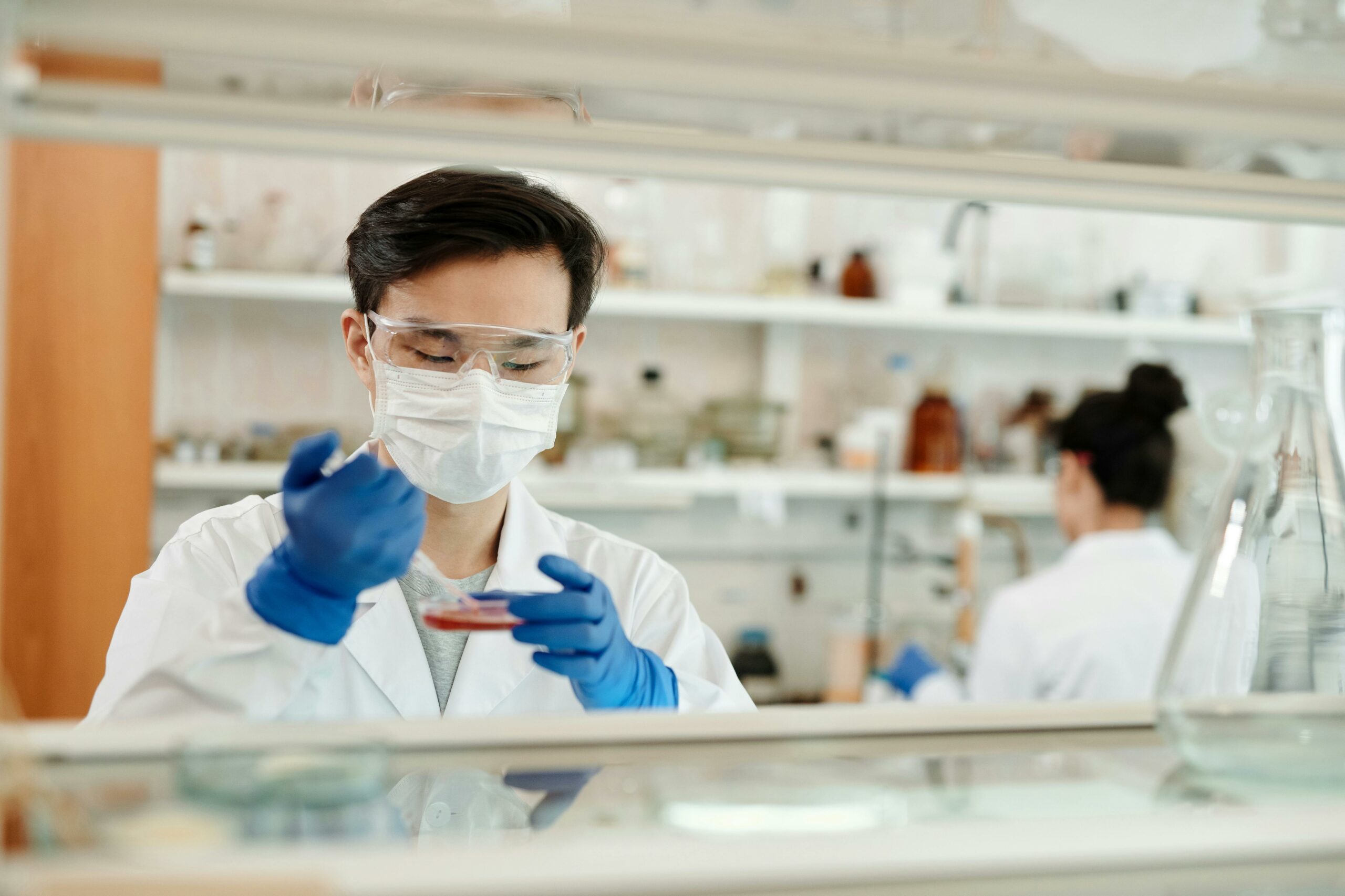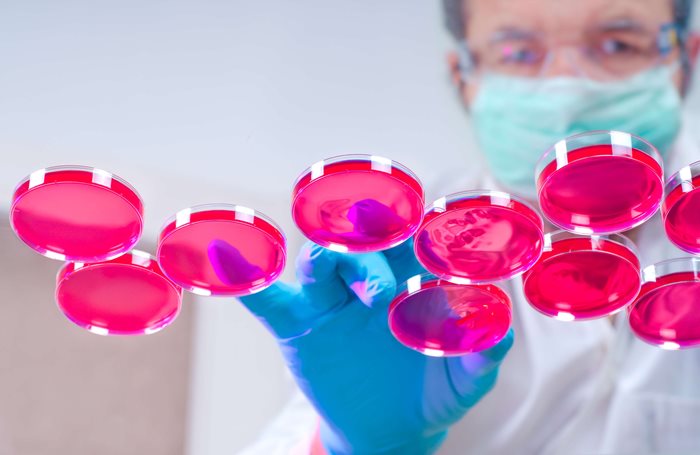TECHNOLOGY OVERVIEW
Cuboid allows the assembly of a 1cm3 tissue embedded into hydrogel with a capillary network allowing 3D vascularization. Tumor tissues in our Cuboid™ mimic and represent the way tumors behave in the body for higher success and shorter timeline of drug screening and lab testing.
HOW
- As tumor cells cultured in Cuboid continue to grow, it is the best platform (along with built AI protocols for selecting optimal cell culture conditions and testing methods), for multi-drug testing and screening as part of prescribing more precise medicine to the patient.
- 1 single Cuboid can grow several hundred million cells with an excellent viability (70%), mimicking the size of human tumors
- Drugs can rapidly diffuse into the Cuboid, similar to a human tissue for pharmacological studies
CURRENT STATE
Drugs tested in Cuboid show same degree of sensitivity than in patients, unlike current 2D and 3D models. Most recent set of validation trials completed in 2024Q1 concluded with very promising results :
- Tissues can grow to volume of more than 500 million cancer cells with excellent cell viability (which has not been achieved elsewhere so far).
- Drugs added to the cell culture media diffuse easily in the Cuboid, ideal for drug testing/screening.
- Cancer cells cultured/grown in Cuboid were more resistant to chemo like cisplatin as seen in hard to treat patients, and to selected drugs compared to cells in 2D, suggesting epigenetic and transcriptional changes that remain to be studied.
- Cells cultured in Cuboid presented a viability between 60 and 80% (cell line dependent) after 17 days of culture.
COMPETITIVE ADVANTAGES
- Low production cost
- Compatible with multiple hydrogels and cells
- Improved models vs 3D spheroids vs 2D culture
BUSINESS OPPORTUNITY
Technology supported by a experienced business advisor (Meir Levi). We are currently seeking strategic partnership with:
- Phama firms looking for drug screening innovations to cut on clinical trial failures
- Hospital/Academia Research Center looking for innovation in Precision Medicine
- Bio Venture Capital organizations
MARKET APPLICATIONS
- Drug screening
- Disease modeling
- Tissue engineering
- Personalized medicine
IP PROTECTION
- Patent Pending
- Design Trade Secret, Know-how
- AI Protocols
- Trial plans / data



